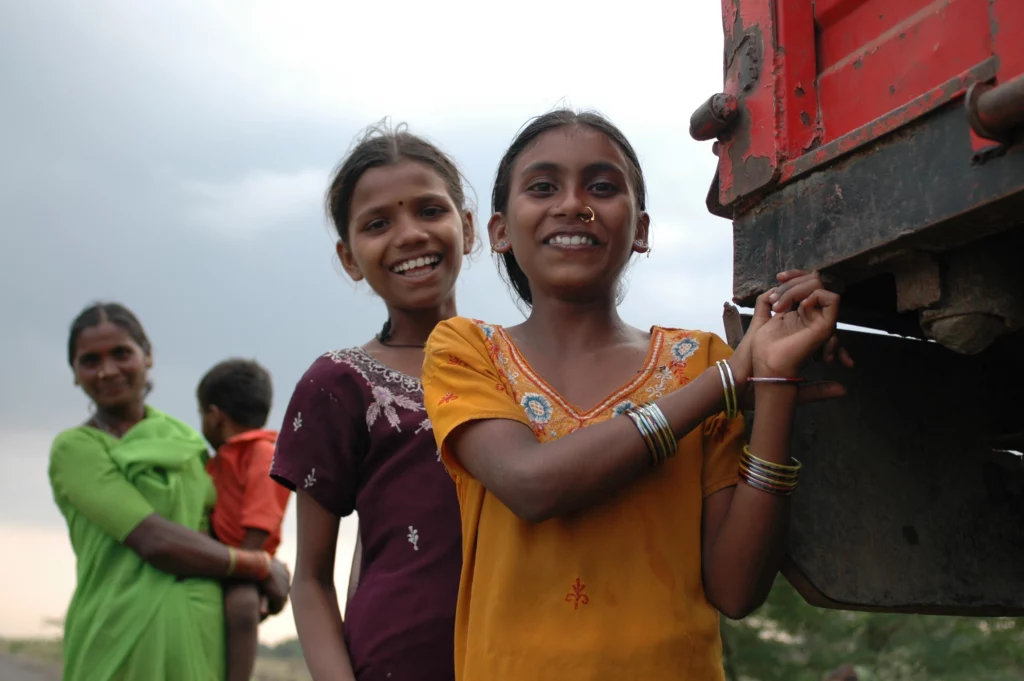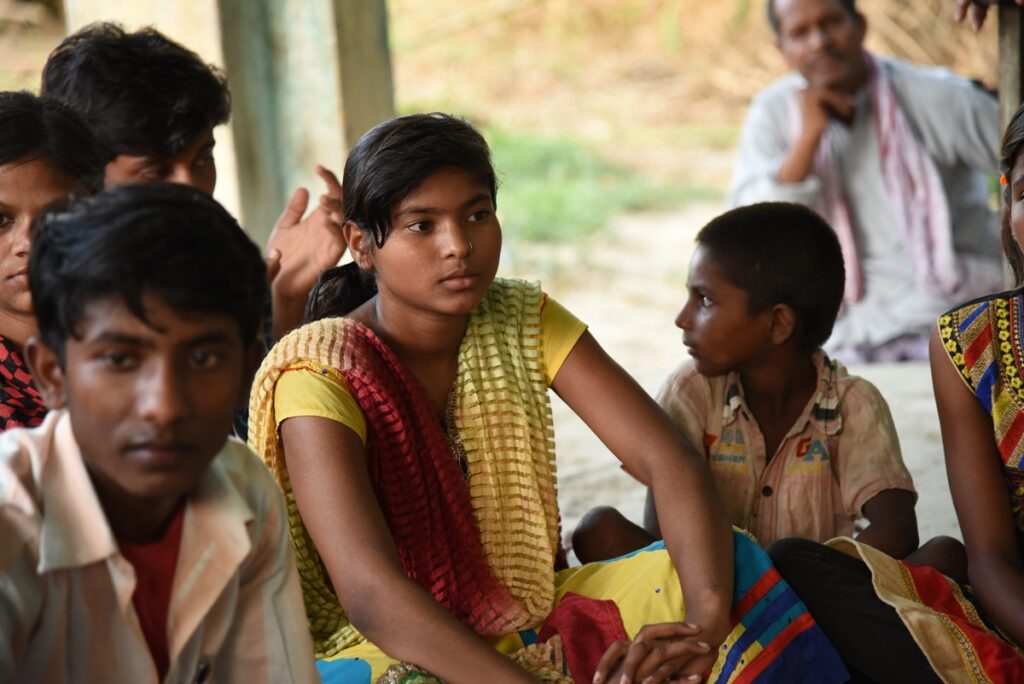
Prohibition of Child Marriage Act 2006: A Landmark Step Toward Gender Equality
Summary/TL;DRProhibition of Child Marriage Act 2006 is a pivotal law aimed at safeguarding children's rights in India by preventing early marriag....
Read MoreChild marriage remains a major issue in India, with millions of children losing their childhood, education, and opportunities. Tackling this challenge requires addressing the root causes, and education emerges as one of the most effective tools to break this cycle.
Child marriage and lack of education are deeply interconnected. In India, the prevalence of child marriage is significantly higher in regions where access to education is limited.
Around 650 million women and girls worldwide were married before the age of 18, including those who are now adults (Source: UNICEF, 2018). Many families prioritise early marriages over schooling due to poverty, societal norms, and the perception that education holds little value for girls.
Addressing this requires better access to schools and societal change to recognise the importance of education in society.

The effects of lack of girl education due to child marriage are profound. Once a girl is married, her education often ends, leaving her without the skills and qualifications to secure a job or participate meaningfully in society.
This creates a continuous cycle of poverty and dependency. Additionally, early marriage often leads to early pregnancies, which can compromise a girl's health and further limit her education opportunities.
Statistics show less than 20% of married girls in rural India continue their education (Source: UNICEF, 2023). This lack of education deprives them of knowledge about health, financial independence, and decision-making, significantly affecting their quality of life and the well-being of their families.
Also Read: Causes of Child Marriage
Child marriage is driven by social, cultural, and economic factors that vary across regions. Understanding these drivers is essential to addressing the root causes and preventing this harmful practice. Below are some of the most common factors that contribute to child marriage.
The importance of quality education in combating child marriage cannot be overstated. Education equips children, especially girls, to make informed decisions about their futures.
Education plays an essential role in addressing the root causes of child marriage in India. By providing scholarships and free access to schools, the government and NGOs can reduce the financial burden of education.
Programmes like the "Beti Bachao Beti Padhao" scheme focus on improving girls' status through education. Furthermore, campaigns involving families and communities in understanding the importance of education can challenge traditional norms and encourage a cultural shift.
Also Read: Rural Education
Communities are key players in reducing child marriage through educational initiatives. Local leaders, parents, and teachers can work together to promote the value of education.
Awareness campaigns, like those led by CRY India, educate communities about the harms of child marriage and the benefits of keeping children in school. Community-driven efforts, such as mentoring programmes and school enrolment drives, have shown significant success in rural areas.
Addressing the unique challenges rural communities face is crucial to improving educational access. Here are some practical steps to achieve this goal.
Strong policies are crucial to reducing child marriage. Advocacy efforts should focus on:
CRY India is at the forefront of efforts to end child marriage in India. By prioritising education, CRY India has:
In CRY project areas, 58,427 adolescent girls have been protected from child marriage.
Also Read: Educational schemes in india
The battle against child marriage in India is far from over, but education offers a powerful tool to create lasting change.
By addressing the effects of the lack of girl education and promoting the importance of quality education, we can end the cycle of poverty and early marriages. Initiatives by organisations like CRY India demonstrate the immense potential of community-driven efforts to ensure every child enjoys the right to education and a childhood free from marriage.
Let us work together to build a future where education, not marriage, shapes the lives of young girls.
Support our NGO for education and help children reach their full potential.
Some key challenges include a lack of access to schools in rural areas, financial constraints, societal norms that undervalue education, and the absence of strong enforcement of laws against child marriage.
Communities play a vital role by raising awareness about the harms of child marriage, supporting school enrolment drives, and creating a safe and encouraging environment for children to pursue education.
Governments and NGOs can collaborate by implementing policies that link education with marriage prevention, providing financial assistance for schooling, and organizing awareness campaigns to highlight the importance of education in society.